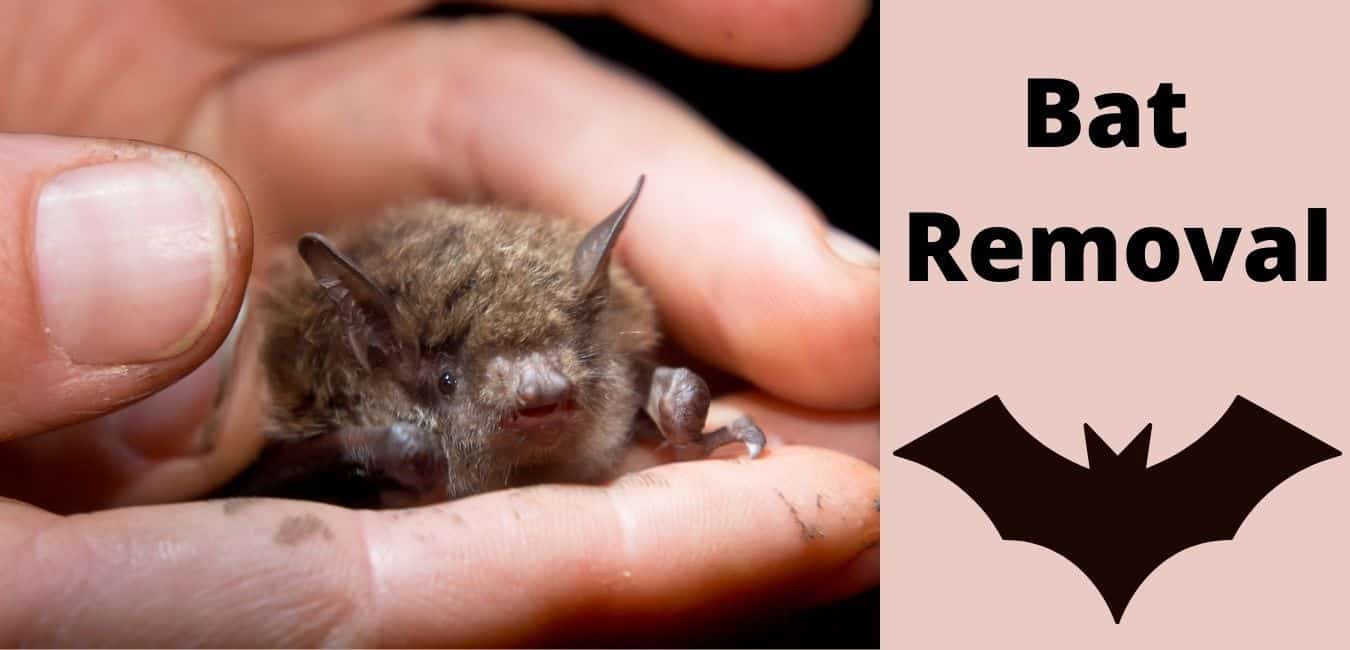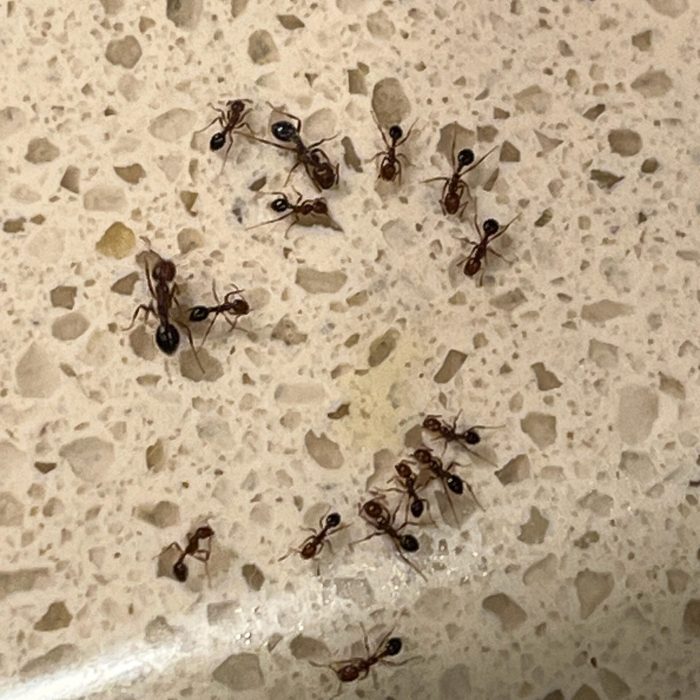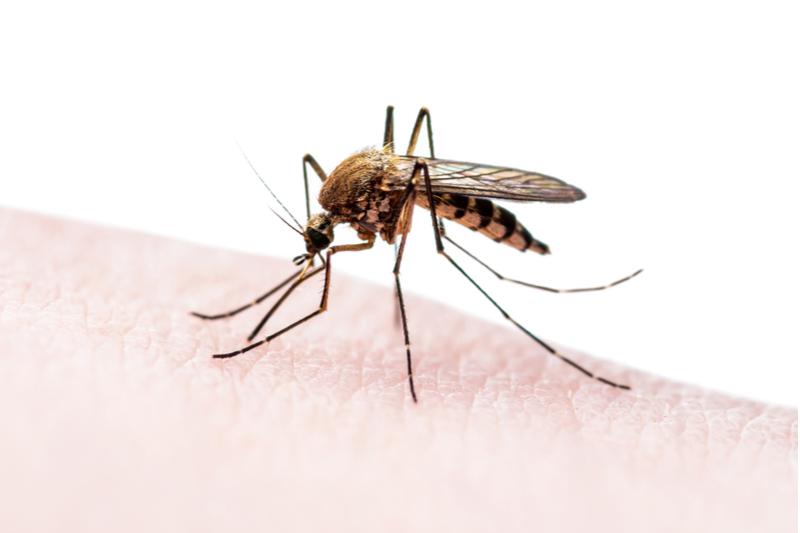Between 20 and 25 percent of all mammal species are bats. There are over 1,300 different speciesof these furry flying creatures of the night. In fact, the only mammals that make up a larger percentage of all mammal species are rodents (and no, bats are NOT rodents).
Bats live all over the world, including in Texas, and these mammals are an integral part of our ecosystem. Nightly, they hunt and feed on countless flying insects, including mosquitoes, which helps keep insect populations down. In fact, one little brown bat is known to easily hunt down and eat around 1,000 mosquito-sized insects in an hour, while nursing mother bats can consume over 4,500 flying insects every single night. The world would likely be overrun with insects if it weren’t for natural animal predators like bats and spiders.
Bats in the Belfry
There are six main species of bats that most commonly occur in Texas:
- Mexican Free-Tailed Bat (Tadarida brasiliensis)
- Tri-Colored Bat (Perimyotis subflavus)
- Cave Myotis (Myotis velifer)
- Evening Bat (Nycticeius humeralis)
- Southeastern Myotis (Myotis austroriparius)
- Big Brown Bat (Eptesicus fuscus)
Just because bats are friends to us and keep the ecosystem running smoothly, that doesn’t mean they cannot be nuisances. You might notice unusual stains and odors on and around your home to indicate that bats have moved in. Here are some things to look for to let you know you have a bat infestation.
1. Squeaky Noises
When bats are hunting at night, they use ultrasonic beams, similar to radar, to locate and track their prey. The high-frequency noises of these sounds are well above the normal range of human hearing, and we usually don’t hear most of these squeaks and chirps. But when they are in their nests, they do make a distinct squeaky chatter to communicate amongst themselves. As dusk approaches, when bats are preparing to go out hunting in the dark, this “chirpy chatter” gets gradually louder and more intense.
2. Strange Odors
Along with their squeaks and bat droppings (guano), bats emit a particular body odor, as does their urine. Think of a musty smell, combined with the scent of ammonia, and that is roughly what a bat colony smells like. Larger colonies obviously emit more potent odors. Fortunately, once you’ve gotten rid of a bat colony, the stifling odors go away with it.
3. Bat Urine
Bats do not chew through wood and other building materials like rodents, but their urine is potent enough to inflict damage on a building’s infrastructure due to the high levels of uric acid their urine contains. Wooden shingles and even metal sheets on a roof are vulnerable to this acidic damage, and the erosion of these materials can lead to leaking. It can also leave stains on walls when it leaks down from the nest of a bat colony.
4. Greasy Stains
And bats love to nest in high-up places in and around buildings, underneath eaves, and in attics and garages if they can gain access. Bats also have a gland in their chests that produces an oily substance that waterproofs and conditions their fur. Whenever bats fly up and into a nesting site, they tend to rub up against the surface outside the opening, leaving greasy stains and streaks. At first, these stains look like a barely noticeable beige to brown discoloration, but after some time passes, the stains darken and become much more visible.
5. Bat Droppings
Bat droppings, commonly known as “guano,” is another recognizable evidence of the nearby presence of bats. Guano has a unique torpedo-shaped appearance, and is light to dark brown in color, depending on how dry the droppings are. Since bats only eat small flying insects like mosquitoes, flies, and moths, their droppings do not feature the same white tips that rodent droppings do. Guano deposits can easily be found accumulating on the ground and on the walls beneath bat colony nests, as well as on the surfaces of roofs. If you should see bat droppings, be careful not to inhale, as the fungus contained in guano can inflict respiratory diseases.
Must Read:Mosquito Control For Your Yard
When Should You Call an Exterminator for Bats?
You should definitely contact a professional pest control service that can get rid of bats whenever you first start to see any of the above signs of a bat colony infestation. This can help you deter expensive damage by getting on top of the situation earlier rather than later. Bats can not only cause property damage, but they can also be the source of health hazards. If you’ve got bats in your belfry, call our Texas pest control experts today at 832-898-0190 for a consultation. You can also email us at info@fullscopepestcontrol.com. We can help you get your bat problem under control, as well as other pest problems at home and in your yard professionally and promptly. We can also show you what you can do to help prevent future problems and save you money in the long run.








